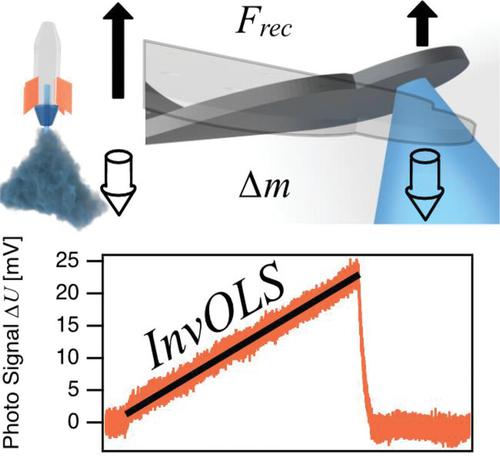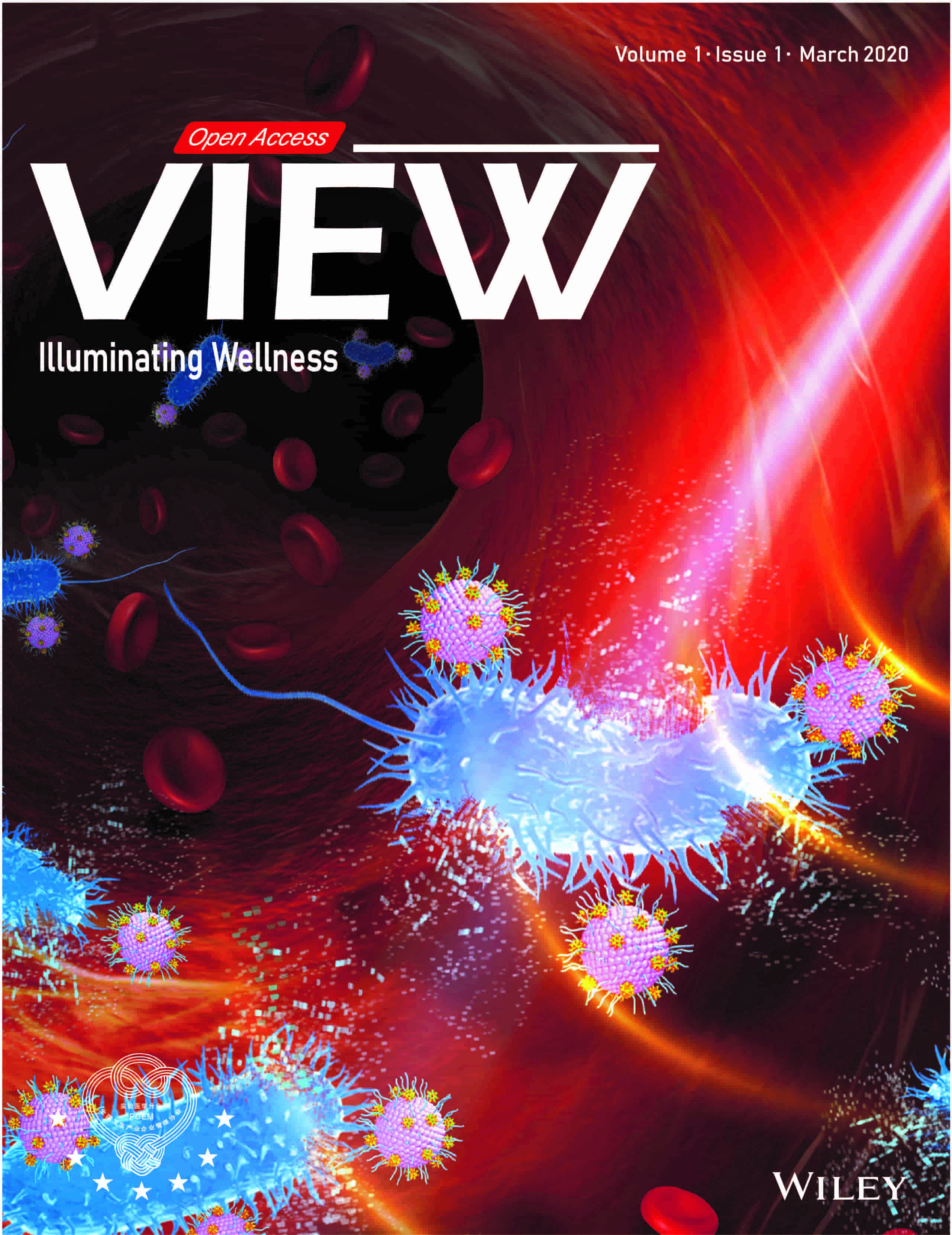流体力显微镜用微通道AFM悬臂梁的非接触标定
IF 8.5
4区 医学
Q1 MATERIALS SCIENCE, BIOMATERIALS
引用次数: 0
摘要
原子力显微镜(AFM)是一种分析技术,越来越多地用于确定胶体和细胞水平上的相互作用力。流体力显微镜,也称为FluidFM,成为生物医学应用的重要工具。FluidFM通过微通道悬臂结合了AFM和纳米流体学,该悬臂在其末端带有孔径而不是尖端。因此,单个胶体或细胞可以被抽吸并固定到悬臂上,例如,以确定粘附力。为了进行定量测量,必须确定所谓的(逆)光学杠杆灵敏度(分别为OLS和InvOLS),这通常是在硬的、不可变形的基板上进行的一组单独的测量。在这里,我们提出了一种完全基于流体动力学原理的不同方法,并利用了fluidfm悬臂梁的内部微流体通道和外部压力控制。因此,(逆)光学杠杆灵敏度(InvOLS)的无接触校准在一分钟内成为可能。基于航空电子中众所周知的推力方程和有限元模拟,提供了一个定量模型来描述悬臂梁的挠度作为外部施加压力的函数。本文所提出的水动力方法与经典方法的比较表明,二者具有相同的精度。本文章由计算机程序翻译,如有差异,请以英文原文为准。

Contactless calibration of microchanneled AFM cantilevers for fluidic force microscopy
Atomic force microscopy (AFM) is an analytical technique that is increasingly utilized to determine interaction forces on the colloidal and cellular level. Fluidic force microscopy, also called FluidFM, became a vital tool for biomedical applications. FluidFM combines AFM and nanofluidics by means of a microchanneled cantilever that bears an aperture instead of a tip at its end. Thereby, single colloids or cells can be aspirated and immobilized to the cantilever, for example, to determine adhesion forces. To allow for quantitative measurements, the so-called (inverse) optical lever sensitivity (OLS and InvOLS, respectively) must be determined, which is typically done in a separate set of measurements on a hard, non-deformable substrate. Here, we present a different approach that is entirely based on hydrodynamic principles and does make use of the internal microfluidic channel of a FluidFM-cantilever and an external pressure control. Thereby, a contact-free calibration of the (inverse) optical lever sensitivity (InvOLS) becomes possible in under a minute. A quantitative model based on the thrust equation, which is well-known in avionics, and finite element simulations, is provided to describe the deflection of the cantilever as a function of the externally applied pressure. A comparison between the classical and the here-presented hydrodynamic method demonstrates equal accuracy.
求助全文
通过发布文献求助,成功后即可免费获取论文全文。
去求助
来源期刊

VIEW
Multiple-
CiteScore
12.60
自引率
2.30%
发文量
0
审稿时长
10 weeks
期刊介绍:
View publishes scientific articles studying novel crucial contributions in the areas of Biomaterials and General Chemistry. View features original academic papers which go through peer review by experts in the given subject area.View encourages submissions from the research community where the priority will be on the originality and the practical impact of the reported research.
 求助内容:
求助内容: 应助结果提醒方式:
应助结果提醒方式:


